Services

Clear Aligners
Misaligned teeth can be straightened with the help of clear aligners. Personalized to each patient’s unique dental needs, clear aligners helps provide results while reducing discomfort, and maximizing aesthetics.


Teeth Whitening
A simple teeth whitening procedure can remove the stains and discoloration on your teeth and give you bright and radiant teeth.
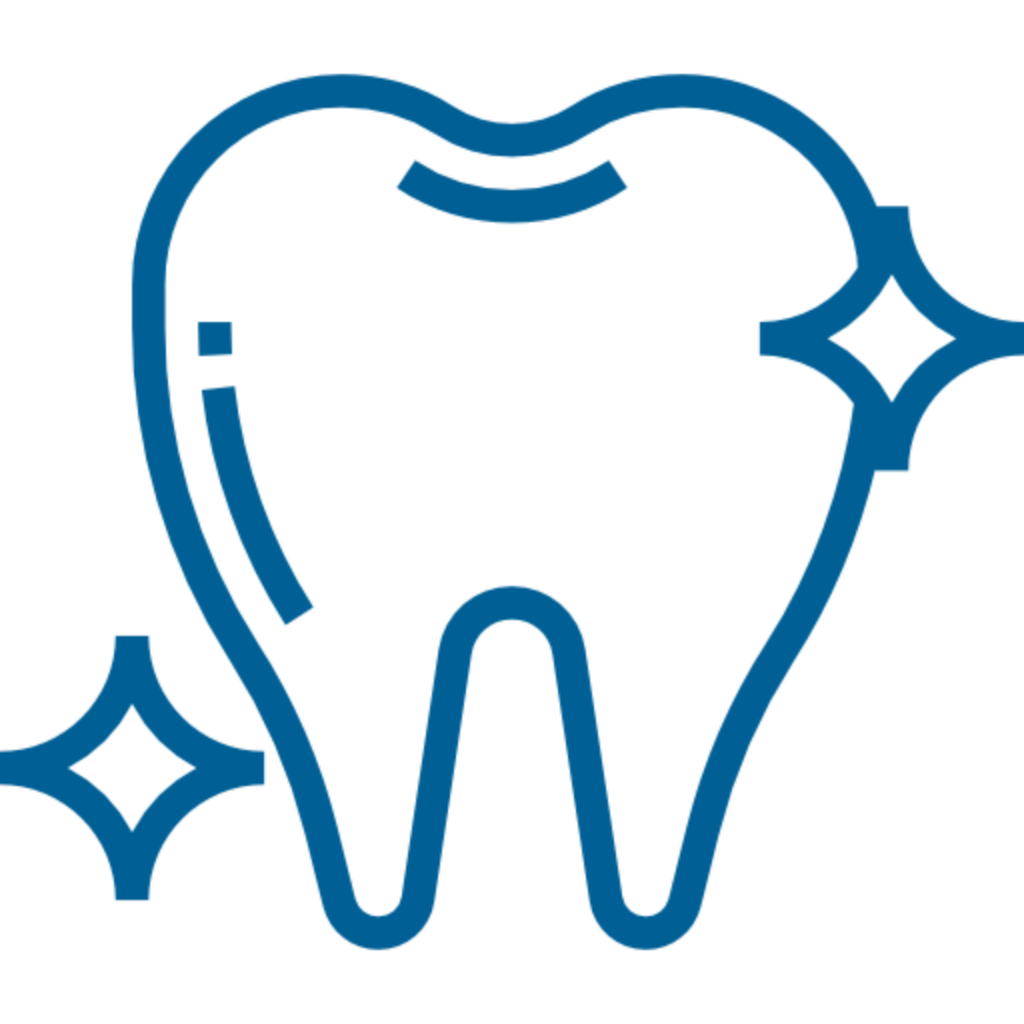
Teeth Cleaning
If you are concerned about the plaque and tartar on the teeth and gumlines, teeth cleaning can help remove them in a single dental appointment. Regular cleanings can prevent gum disease.
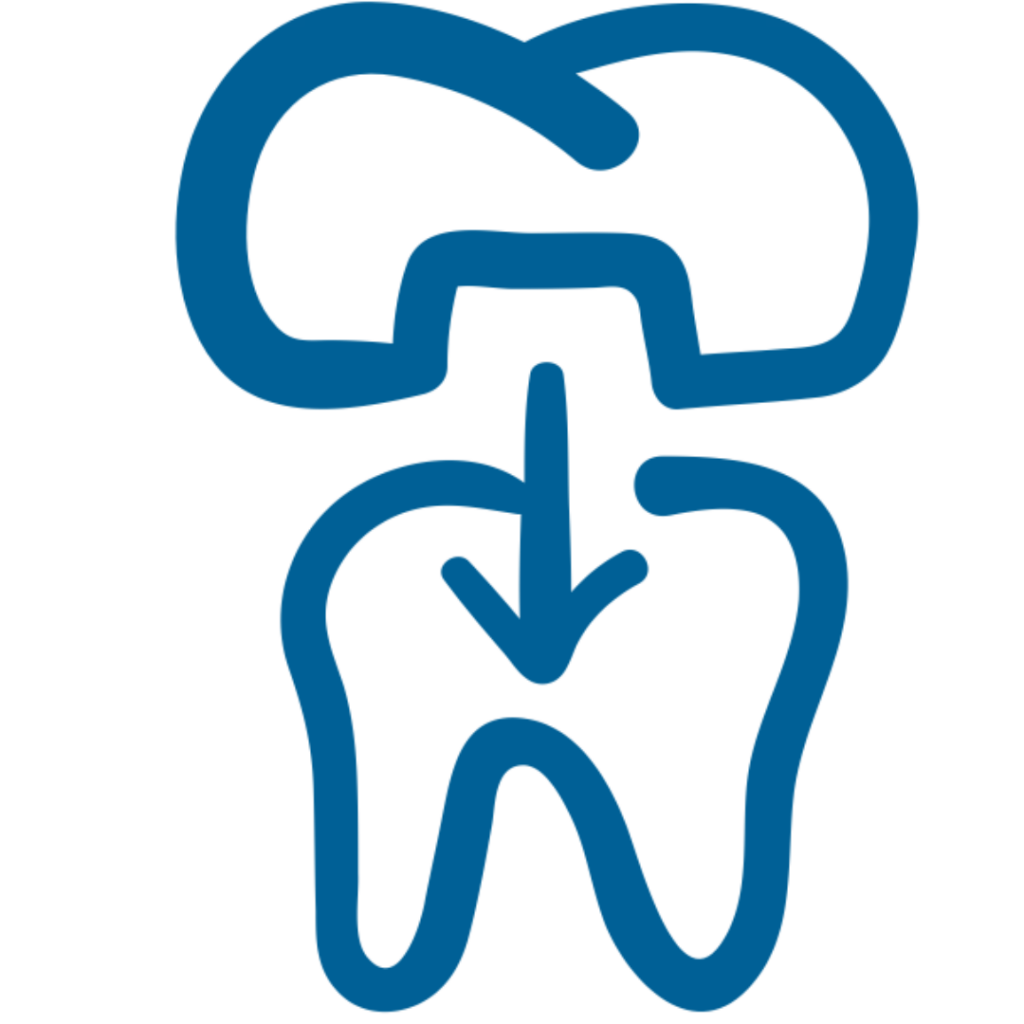
Crowns & Bridges
A broken or missing tooth in the mouth can be restored with crowns and bridges, respectively. The restoration helps you attain an aesthetic smile and functionality of the teeth.


Fillings
Several restorative materials are used to fill a tooth. Fillings are necessary after removing cavities or chipped teeth. It restores strength to the teeth and protects them from bacterial infections.


Veneers
Veneers are custom-made shells that are placed over your teeth. Veneers are to restore broken, misshapen, or permanently discolored teeth.


Root Canals
Root Canal therapy is a treatment that saves your natural teeth. A root canal treatment is necessary to disinfect your tooth’s nerve and/or to prevent and eliminate pain.


Extractions
Tooth extraction is necessary if the tooth or surrounding area is far too damaged to repair. Extracting a tooth helps stop the spread of infections in the mouth.
Dental FAQs
Why Should I Consider Clear Aligners Over Traditional Braces?
There are a variety of reasons to choose clear aligner therapy over your traditional metal braces. Here are a few of the most important ones to keep in mind as you make your decision:
- Clear aligners are removable, which means you can take them out to eat and brush your teeth as normal. Traditional braces are permanently bonded to your teeth, which means you have to avoid certain foods or carefully remove them before eating.
- There are no many food restrictions associated with clear aligner treatment. With traditional metal braces, you will be expected to stay away from certain types of foods that might get stuck in the brackets of your braces or be difficult to clean off after a meal.
- You can remove your aligners before important events, such as work and social events, and put them back in when you’re ready. This makes it easy to keep your orthodontic treatment a private matter until you’re ready to share it with the world.
- Clear aligners are comfortable! There’s no need to worry about any discomfort in your mouth from wires or brackets, which is a nice change from traditional metal braces.
- Your smile will look natural with this type of orthodontic treatment. The clear aligners fit right over your teeth like a mouthguard or retainer would but work to move your teeth in the desired direction. You’ll still be able to see your own unique smile while you’re wearing your aligners!
If these benefits sound good to you, it might be time to consider clear aligners for your orthodontic treatment needs! Talk to our dentist about your options to get started on a path to a beautiful smile.
How many hours should you wear clear aligners?
Most patients wear their aligners for about 22 hours a day, removing them only during meals and for brushing and flossing. Each set of clear aligners is worn for about two weeks until the teeth are in their final positions.
Are teeth whitening treatments safe?
Yes, it is completely safe! Professional teeth whitening is one of the safest cosmetic dental procedures available because our whitening formulas have been thoroughly tested for safety. Many patients experience little to no tooth sensitivity after the professional whitening treatment. We also take extra precautions to protect your mouth from irritation and dehydration during the procedure. We recommend that all patients avoid consuming dark beverages like coffee or soda for at least one week after their whitening treatment to ensure the lasting results of the treatment.
Is dental cleaning essential before teeth whitening treatment?
A dental exam and cleaning are recommended prior to a professional whitening treatment. This will ensure the greatest level of oral health possible before undergoing any cosmetic dentistry procedures. Patients who have existing tooth decay or gum disease will need to address these health concerns before beginning treatment for a brighter smile.
How often do I need to get a dental cleaning?
Ideally, you should get your teeth professionally cleaned twice a year. However, if you have chronic gum disease, you may need more frequent appointments to keep your gums healthy and prevent further tooth decay or tooth loss.
How can you maintain a healthy smile between dental visits?
In order to help prevent cavities and maintain a healthy smile between visits, it’s recommended that you brush your teeth twice a day for two minutes each session with a soft-bristled toothbrush and fluoride toothpaste. Flossing your teeth daily is also important for removing plaque that builds up between the teeth. For optimal results, avoid brushing immediately after consuming food or beverages high in acids and sugars. Wait at least 30 minutes before brushing to allow the saliva in your mouth to neutralize the acids and rinse away the excess sugar.
Are dental crowns permanent?
Yes, they are permanent! They are fused to the tooth’s structure using a durable resin or porcelain material. Although your crown may last many years, you may need a replacement if your teeth and gums experience severe decay or damage. Talk to our dentist about maintaining your oral health and replacing old crowns.
How long does it take to get a dental crown?
Getting a dental crown typically takes two trips to the dentist’s office. During the first visit, your dentist will prepare your tooth and take an impression of your mouth or tooth to send to the lab where your crown will be made. The second appointment will be scheduled when the crown is ready. At that visit, your dentist will remove your temporary crown and cement the permanent one into place.
Why should I replace missing teeth with a dental bridge?
Bridges are used to restore the ability to properly chew and speak after tooth loss. In addition, they can help maintain facial structure and prevent the remaining teeth from shifting out of place. Furthermore, dental bridges can be a great option when multiple teeth are missing in the same area of a patient’s mouth. The replacement prosthetic acts as a “bridge” between healthy teeth and completes a smile in a more permanent manner.
Are veneers painful?
The tooth preparation process can be mildly uncomfortable but is usually tolerable with the use of local anesthesia. However, once the veneer is set in place, patients do not experience any pain at all. In fact, they report no sensitivity or soreness and are able to eat normally without having to worry about pain or irritation.
How do I maintain veneers?
Although veneers are stain resistant, avoid dark foods and beverages that may discolor the veneer’s surface. For example, coffee, red wine, and tea may cause discoloration. If you smoke, consider quitting to protect both your natural teeth and the veneers. Good oral hygiene habits will protect both the porcelain and the natural tooth beneath it. Brush your teeth at least twice a day with a soft-bristled toothbrush and floss daily to remove plaque and food particles that could get caught between the teeth. Visit your dentist every six months for regular cleaning and checkup.
How long do fillings last?
Today’s modern dental fillings are incredibly durable and can last for several decades with proper care. However, this time frame will vary based on a person’s unique oral habits as well as their oral hygiene routine at home. Regardless of the age of a filling, it’s only as strong as the tooth structure around it, which is why it’s important to maintain regular dental hygiene at home.
What types of fillings are available?
During your consultation, the dentist will discuss what type of fillings will be best for you based on your past dental history, such as whether you have had cavities before and what tooth material you prefer. Most patients prefer white fillings because they are more aesthetically pleasing than traditional silver amalgam fillings. White fillings also bond to the teeth to make them stronger and prevent breakage and sensitivity. However, some older patients may prefer metal fillings because they are less likely to chip or break. Metal fillings may be a good option for back molars that have to withstand a lot of chewing force. We do not offer metal fillings, except for gold. Stronger fillings made of ceramics are also available. These are called inlays and onlays, depending on how much tooth surface is replaced.
Why would I need a root canal?
A root canal may be recommended for several reasons, including deep decay, trauma, or infection. If you are experiencing pain caused by an infected tooth, call our office right away to schedule an evaluation to determine the next steps for care. In addition to alleviating your pain, your infected tooth will be restored to full and healthy function, allowing you to eat and speak without discomfort. However, it must be treated as soon as possible in order to avoid further damage and tooth loss.
Does a root canal hurt?
No, most patients report that the procedure is no more painful than getting a filling or a cavity filled. In fact, many patients report feeling better immediately after the procedure than they did before they came for treatment! While it is possible to have some minor discomfort during or afterward, it is manageable with more anesthesia and over-the-counter medications that the dentist would recommend.
What does a tooth socket look like after tooth extraction?
Immediately following the extraction, you may notice a small quantity of blood in the socket where the tooth was pulled. This is completely normal and should subside within the first day or two following the extraction.
What are the situations when tooth extraction is necessary?
Sometimes a tooth cannot be saved with treatment and requires extraction. Extraction can be necessary if:
- The infection has spread to the bone around the root of the tooth, causing you to feel severe pain.
- A large cavity has destroyed too much of the healthy tooth structure to save the tooth with a filling or crown.
- You have advanced gum disease that has damaged the bone that anchors your teeth.
- You are getting orthodontic treatment and need to move a tooth to make way for a new smile.
- Your wisdom teeth are impacted and causing pain and need to be removed.
There are many other reasons why you may need a tooth removed. The best way to know for sure is to talk to our dental team about your symptoms and what treatment options are right for you.

